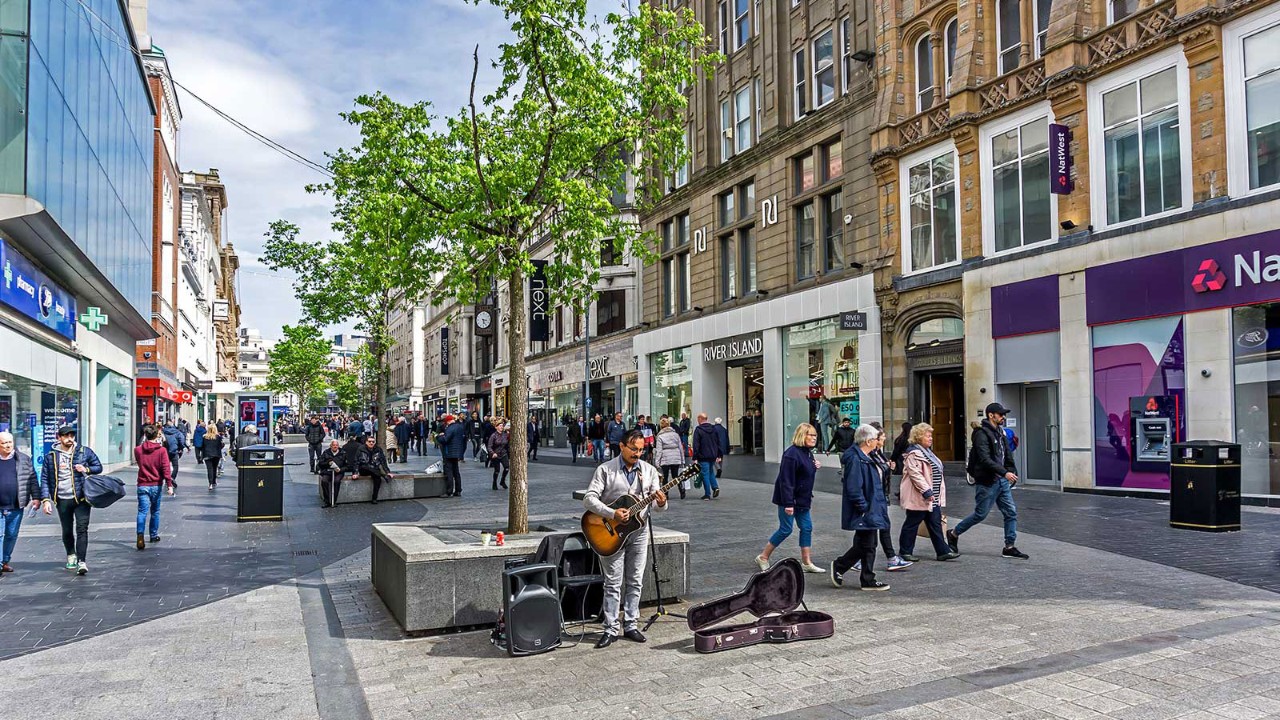
It may be a bit of an apocryphal story, but it is a very good one. And there is a large plaque on the site to record it.
In August 1934, Allen Lane, a bright young publisher, was browsing a bookstall on Exeter Station but could find nothing affordable worth reading for his journey up to London. Why not, he said to himself, launch a range of quality paperback books, then the coming thing, which could retail, cheap and cheerful, for the price of 10 cigarettes? Instead of reading a good book on his journey home, he mapped out a revolutionary idea. At a stroke, the future literacy of the nation, the book business and railway bookstalls were transformed.
Smith and Jones
Ninety years on since the first paperback published by Lane’s brainchild, Penguin Books, the business is a global brand and going strong. WH Smith, which provided the nation with high street and railway station bookstores, is not. After more than 230 years in business, it has just sold off its 480 high-street stores, with the new owner rebadging them under the less than memorable, and also fictitious, name of TG Jones.
The railway and airport stores remain but, judging by my local branch in Paddington Station, they set more store by soft toys than books, despite Paddington Bear being the inspiration for both.
In Paris, politicians saw bookshops as a way of keeping the locale alive
It was the French who ridiculed England as a nation of shopkeepers. But that has now been turned on its head. Paris is now the city of bookshops. And how has this come about? Politicians saw bookshops as a way of keeping the locale alive. A Paris mayor instituted a policy of buying up shops and leasing them back to bookshop owners at well below market rate.
As a result, bookshops have burgeoned and the city has maintained its image and reputation for quaint and eccentric local retail. A quarter of the 400 bookshops in Paris now have the city as their benign landlords. Big brands exist alongside family-run shops. It brings joy to tourist and locals alike.
Clone zones
Back in the UK, retail is beset by bland, brand-driven shops, the same in every town of any size. We have lost the knack of enabling and encouraging individuality to thrive. Pedestrianisation hasn’t helped. What sounds intuitively like a good idea – happy folk enjoying the local individuality – turns out not to be so smart. High streets become destinations, brands move in and rents go up, and even bigger brands then move in.
Carnaby Street in London’s Soho became famous through bright young fashion entrepreneurs. Off the back of its fame, the council pedestrianised it. The reputation remains, but the reality is very different. Tourist youth from around the world now throng a parade of the same brands as anywhere else. The imagination of bright young retailers has, along with local community ideas, gone elsewhere. A significant proportion of them have gone online, influencers bigging up a particular style or product or image.
Influencers and the likes of TikTok have brought people back into bookstores
It is not possible in central London, for example, to find a cluster of derelict and disconnected old red telephone boxes without queues of people waiting to be photographed inside them, or hanging onto the door. Likewise books. The much predicted collapse of the market in the face of online sales hasn’t happened. Instead the work of influencers and the likes of TikTok have brought people back into bookstores, though not into the likes of WH Smith whose corporate neglect leaves them charisma-free. But the ability of individual talents to grab attention online and then build both brand and retail has worked at speed.
It is an age of individual enterprise – just as it was 90 years ago for Allen Lane.



